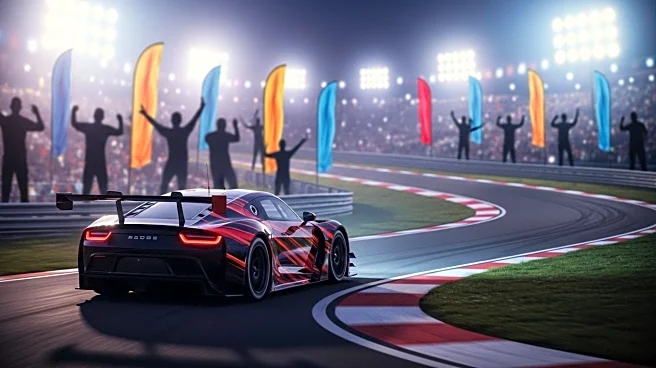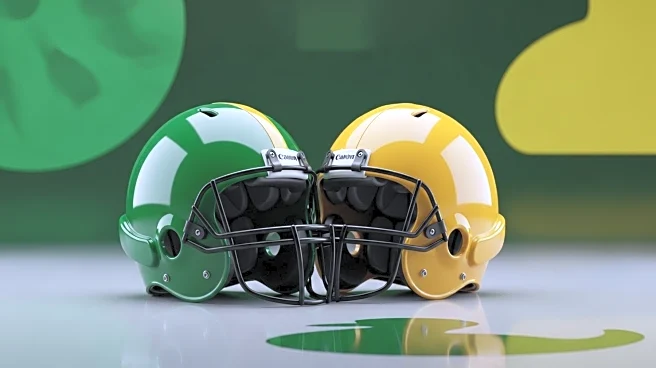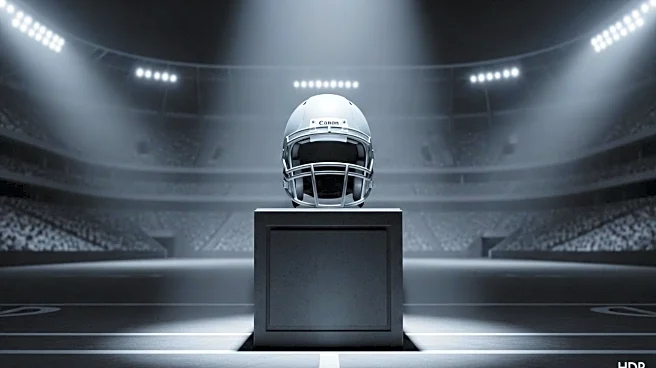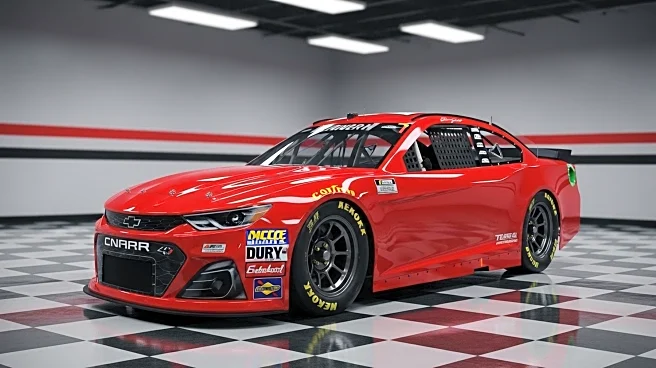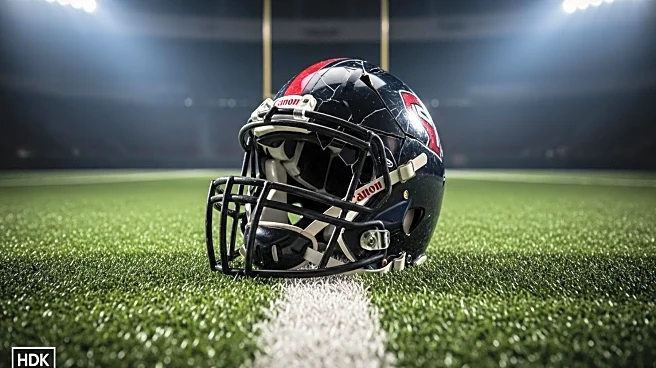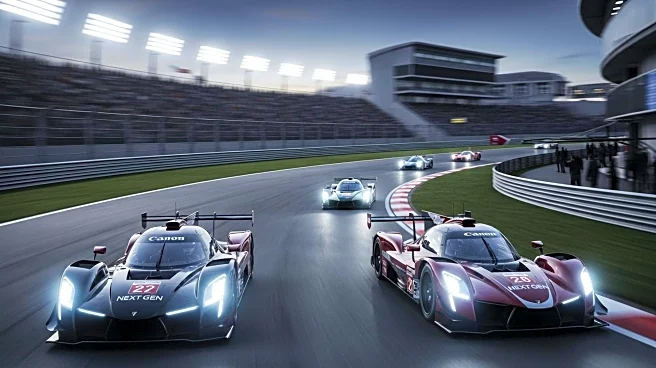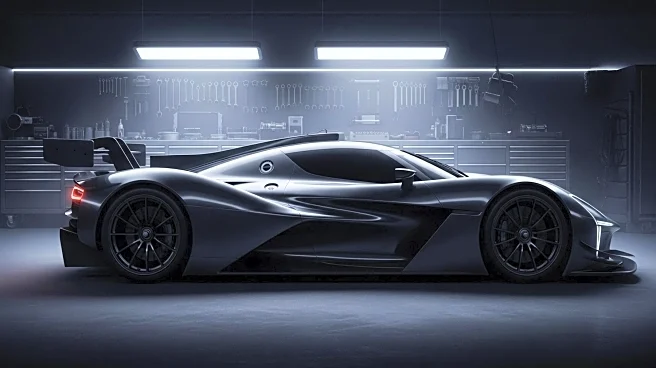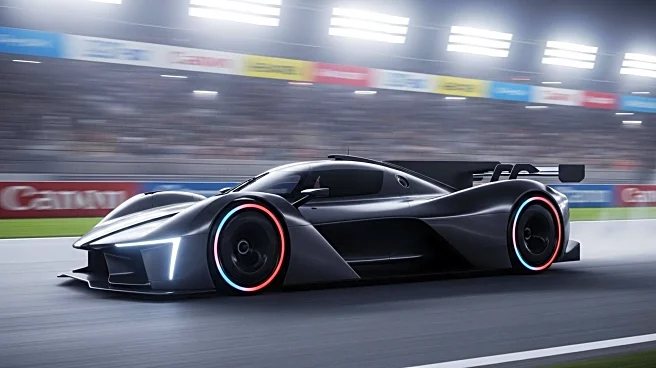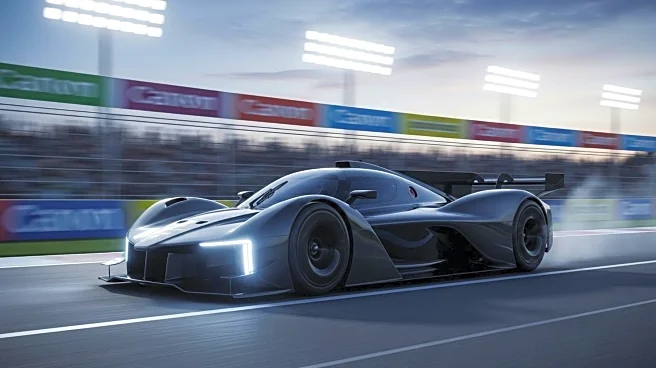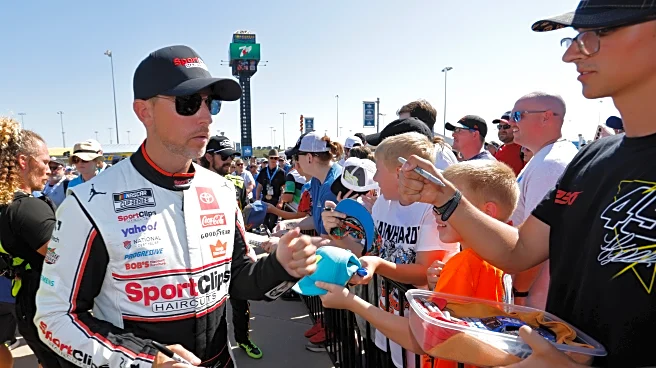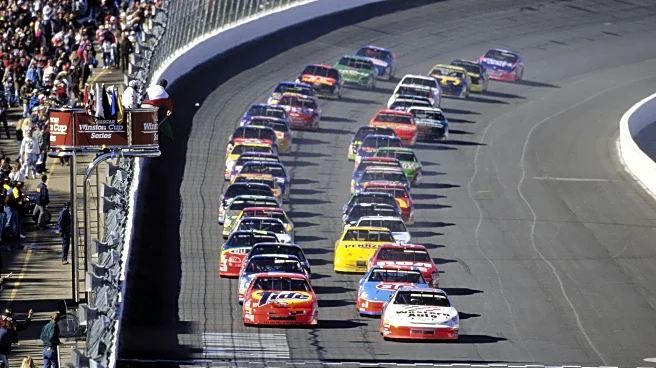What is the story about?
What's Happening?
NASCAR has announced a significant change for the 2026 season, increasing the horsepower of the Next Gen car from 670 to 750 on short tracks and road courses. This decision comes after drivers expressed concerns about the current power levels, which have made overtaking more challenging. Chase Briscoe, a NASCAR Cup Series driver, has voiced his support for the move, highlighting that the increase will put more control back into the drivers' hands and potentially reset the competitive field. The change is expected to affect various tracks, including Iowa and Darlington, and aims to introduce a new dynamic to the races.
Why It's Important?
The increase in horsepower is poised to have a significant impact on NASCAR's competitive landscape. By enhancing the power of the cars, drivers may experience more tire wear, which could lead to more strategic racing and overtaking opportunities. This change is likely to benefit teams and drivers who excel in adapting to new conditions, potentially altering the hierarchy within the sport. The decision reflects NASCAR's commitment to maintaining excitement and unpredictability in races, which could attract more fans and increase viewership. Teams will need to adjust their strategies and vehicle setups to optimize performance under the new regulations.
What's Next?
NASCAR plans to implement the horsepower increase at several tracks, including the Circuit of the Americas, Watkins Glen, and Sonoma, among others. The organization has also indicated that further decisions will be made regarding additional venues where the Next Gen car can run with increased power. Teams and drivers will likely begin testing and adapting to the new specifications to prepare for the upcoming season. Stakeholders in the sport, including sponsors and broadcasters, may also react to the changes, potentially influencing marketing strategies and broadcast content.
Beyond the Headlines
The horsepower increase could lead to broader implications for NASCAR's technological development and innovation. As teams work to optimize their cars for the new power levels, advancements in engineering and design may emerge, contributing to the sport's evolution. Additionally, the change may influence NASCAR's regulatory approach, as the organization balances competitive fairness with technological progress. The decision underscores the importance of driver skill and adaptability, reinforcing NASCAR's reputation as a challenging and dynamic motorsport.
AI Generated Content
Do you find this article useful?
